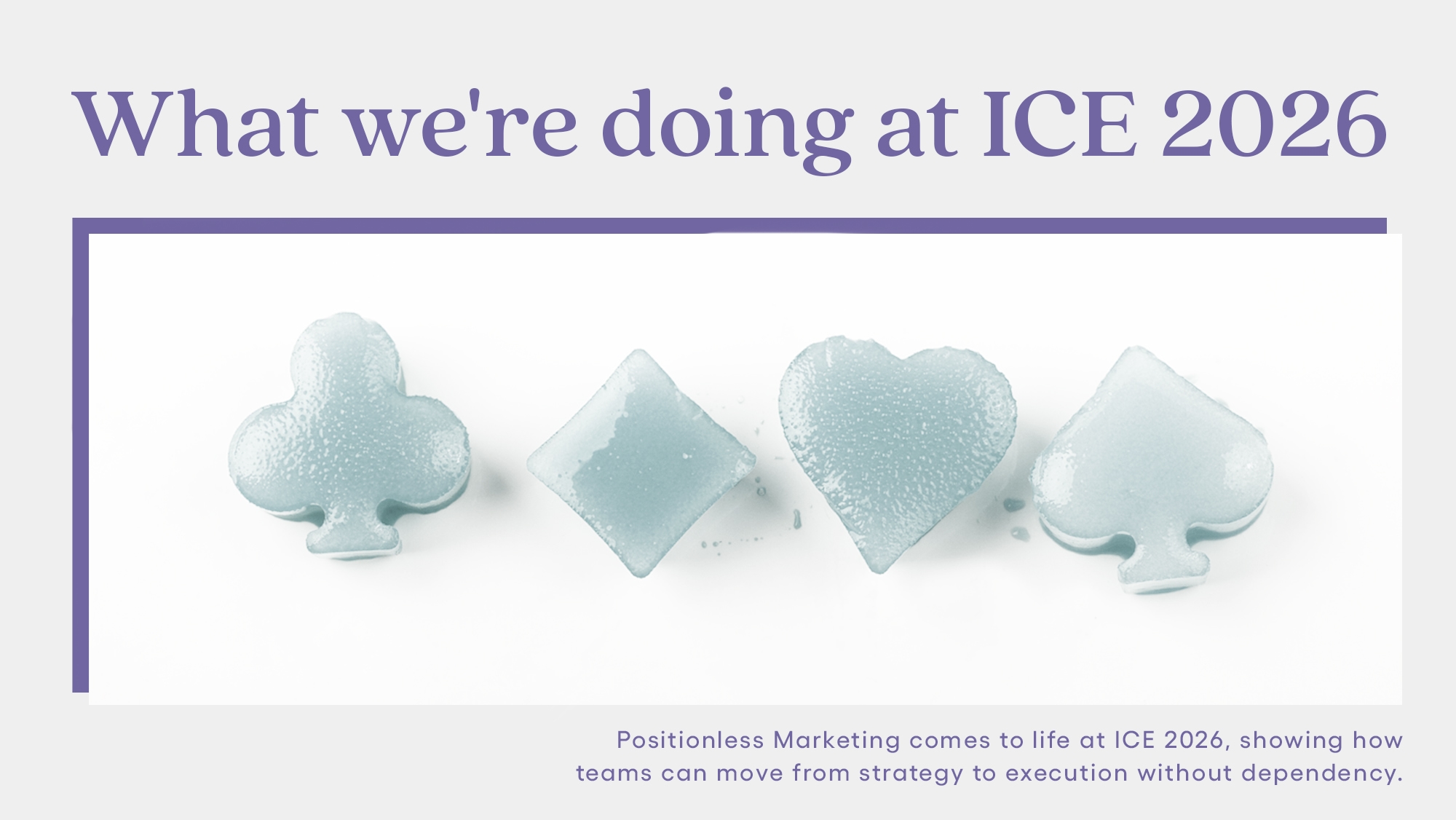
AI and the Retail Marketer’s Future
How AI transforms strategy and processes, driving the adoption of Positionless Marketing
Exclusive Forrester Report on AI in Marketing

In today’s digital realm, we should always aspire to attract the most relevant people to our business, guide them to the right sections with the right offers to maximize the chances they’ll make a purchase. In order to do so, we need to understand their preferences and their willingness to buy; to learn best what makes them tick. Some customers always look for bargains and sales, while some get most excited about new arrivals. In order for us to identify these preferences and tendencies, we need to have a broad set of data about each customer, such as their demographic characteristics and purchase history. This data must be integrated from multiple systems, cleansed and matched, in order to allow for segmentation models, predictions and recommendation engines to produce reliable results. That said, we should make sure we know the difference between the sets of data we work with, to come to the holistic, 360° view of our customers. Most data used for profile creation, segmentation and predictive modeling is historical data, and therefore these processes are non-real-time by nature. We call them “Slow Data”. Real-time engagement using live signals is what we call “Fast Data”. Both kinds serve us for different purposes, and they go hand-in-hand as part of a Lambda Architecture. In this piece, we will clarify how to use these two sets of data.
Look at this example: When a user clicks the purchase button on a website, it doesn’t necessarily mean that this purchase will be completed, and it does not indicate whether or not the customer is happy about the newly purchased product. We know that a transaction could be declined, that the customer may return the item, or even submit a negative review. Because we do have these scenarios happening, and more often than not, we cannot rely solely on engagement data obtained in real-time. Doing so, we will misclassify customers who returned their last purchase and placed a bad review as “repeat customers”. The more accurate data required to create reliable customer profiles can only be obtained from “systems of record”, and then this data must be processed and modeled. More than that, some insights can only be generated, and validated, after a customer’s actions were compared to that of a different customer. All this does not happen in real-time. Once we have the right data, we can create multiple customer segments and apply predictive models that will help us tailor the right message to the right audience.
There’s an important point that needs our attention here: We’ve talked about how automation without orchestration leads to chaos – and the more granular our customer segments are, and as we add more execution channels, the harder it becomes to effectively manage all these communications. In many cases a single customer could be eligible for multiple campaigns, and if these are all sent out on the fly, without considering what other campaigns were already sent or what other campaigns are going to be sent later that day, the same customer could get contradicting offers or a less-relevant campaign that could result in a missed opportunity. We should always plan our marketing campaigns in advance and set a framework of priorities and exclusion rules, so the system can orchestrate all these scheduled campaigns, and optimize the communication to each customer. Once we managed to get our customer into the store, we want to switch to a different mode of operation: We still have all our pre-processed customer profile, but now we also have live activity feed from the store that we need to use in order to respond in real-time to specific signals coming from the customer. For example – if we know that a certain customer is a deal seeker and we see her currently looking at non-discounted products, we can point her to the clearance section of the store. Another example could be based on our modeling of the customer’s preferred product category – we can welcome a customer in our store by highlighting a promotion for a product in that specific category.
So far, we talked about how in-store engagement is a real-time process, while profile creation and smart orchestration are not real-time. But there is also a third option in between, in which the marketing plan is built in advance but adapts itself to short-term updates. Consider the following scenario: We plan a campaign for some of our one-timer customers, trying to encourage them to make a second purchase, and we schedule this campaign to be sent this afternoon. Let’s also assume our system already completed the modeling and prioritization and has identified the optimal list of customers which should receive this campaign today, with their specific product recommendations. But right before execution, we find out that a couple of these customers just returned their last purchased items – which significantly changes their profile and the way we want to approach them. For them, we are no longer trying to activate one-timers but rather save them from churning. In this case, and even though we already established the optimized list of the one-timer campaign recipients, we need to re-evaluate the audience just before the actual execution time, in order to make sure we exclude any customer that no longer matches the desired profile. This example shows how Lambda Architecture, the combination of fast and slow data processing and modeling, can help reach the optimal result.
Identifying a customer’s profile is based on different data sources – integrating and cleansing them, aggregating, and running various predictive and AI models on top of them. But to get the full picture and cater to the ultimate goal of reaching the right customers with the right offers at the best time requires not only to know the difference between slow and fast data but more importantly, that they always go hand in hand.

Exclusive Forrester Report on AI in Marketing
In this proprietary Forrester report, learn how global marketers use AI and Positionless Marketing to streamline workflows and increase relevance.


Shai Frank serves as the SVP of Product and GM of the Americas at Optimove. Since his start in 2018, Shai has played a pivotal role in shaping the vision, strategy, and roadmap for Optimove’s product portfolio. Under his leadership, the product department is designing and delivering innovative customer-led marketing solutions that have been instrumental in elevating the success of Optimove’s clients.
Shai brings a wealth of experience from nearly 20 years in product leadership and management across various industries. He holds a B.Sc. in Industrial Engineering and an MBA from Tel Aviv University in Israel.


